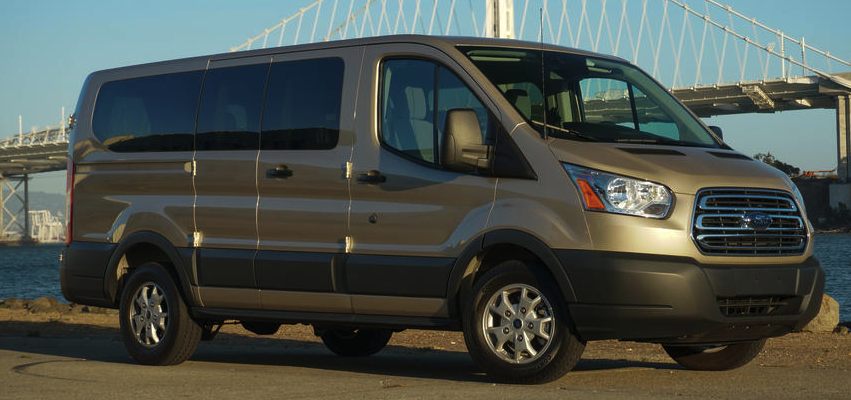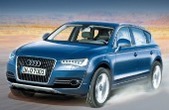
Making an educated decision about whether to purchase a Toyota Sienna will be made easier for you if you are aware of the most typical issues that arise with this vehicle.īelow are some of the most commonly reported issues with the Toyota Sienna: So it’s wise to be aware of these before making a purchase. Commonly reported issuesĮven while cars are generally thought to be trustworthy, each model has its own set of flaws. Cost of MaintenanceĪ Toyota Sienna is expected to cost between $95 and $3295 for maintenance and repairs, with an average of $331. Toyota Sienna gets an EPA-estimated 19 mpg in the city and 27 mpg on the highway, which is fairly good for a vehicle of its size. This vehicle is paired with an eight-speed automatic transmission, and front-wheel drive is standard, with all-wheel drive available as an option. It’s powered by a 3.5-liter V6 engine that produces 296 horsepower and 263 pound-feet of torque. The Toyota Sienna is a minivan that has a reputation for being reliable and fuel efficient. Toyota Highlander (Starting Price: $36,970) Chrysler Pacifica (Starting Price: $28,000) The average on-road NO x emission level of passenger cars certified to the China 6 standard is currently in compliance with both China 6a and 6b regulatory requirements. The laboratory emission intensities of nitrogen oxides (NO x) declined by over 30% and particulate matter declined by over 70% in the past decade. There has been significant progress in controlling air pollutant emissions in the past decade and it is due to the constantly evolving regulatory standards and the penetration of advanced emission control technologies.Gasoline direct injection (GDI) has become the dominant fuel supply technology of gasoline cars, increasing from 8% in 2012 to 60% in 2021. The portion of internal combustion engine passenger cars equipped with a turbocharger or a supercharger grew from 11% in 2012 to 62% in 2021.


The authors collaborated with the Vehicle Emissions Control Center (VECC) in collecting, compiling, cleaning, and validating some of the data used, and the report also assesses how previous policies impacted emissions trends. This report supports future policies in China by analyzing vehicle air pollutant emissions, CO 2 emissions, and key technologies driving reductions in emissions in passenger cars from 2012 to 2021. For the latter, fundamental data about the current baseline and historical trends is needed. Achieving China’s dual ambitions of peak carbon dioxide (CO 2) emissions by 2030 and carbon neutrality by 2060 will require a strong focus on the transport sector and that transport-related air pollutant and CO 2 emissions be monitored and regulated in a coordinated fashion going forward.


 0 kommentar(er)
0 kommentar(er)
